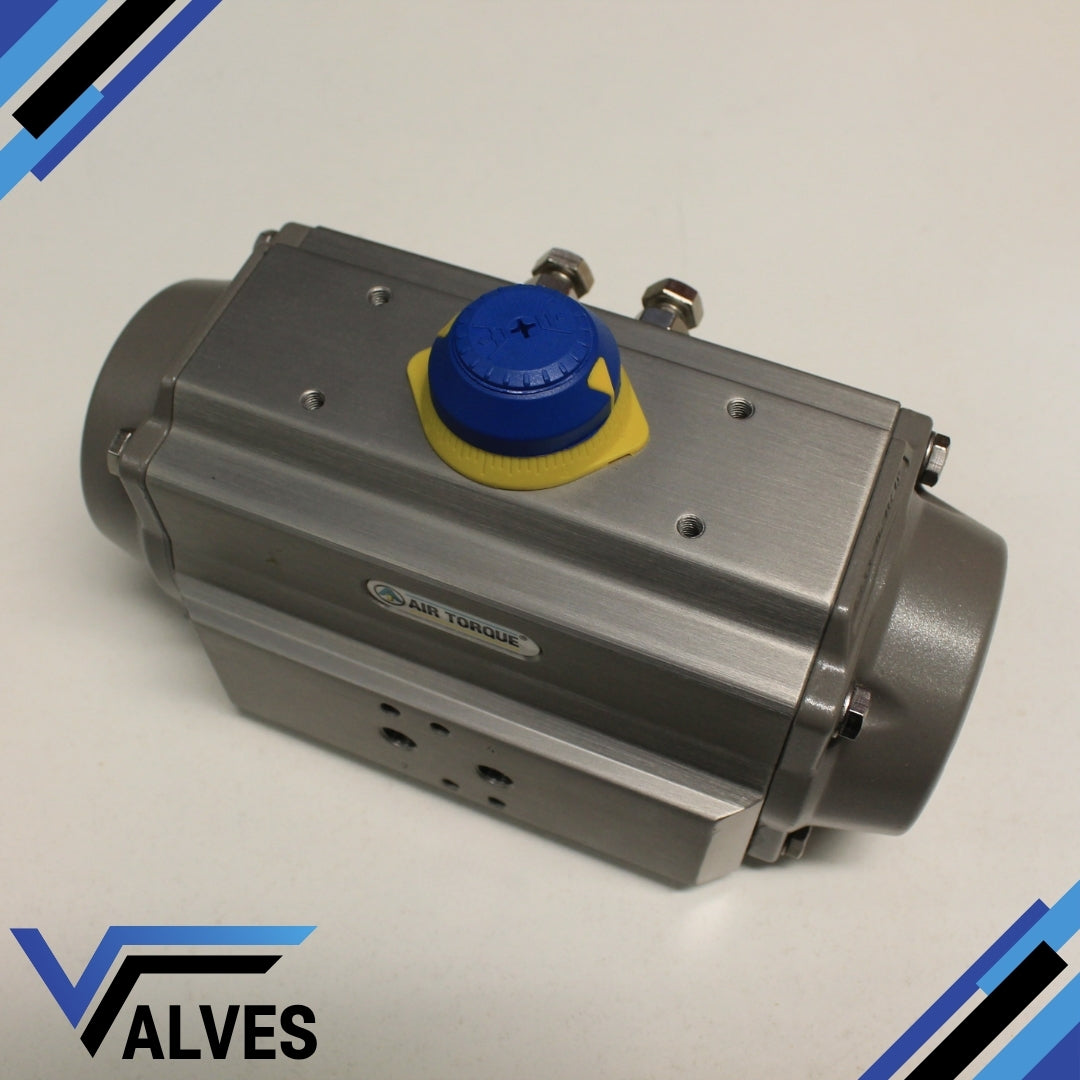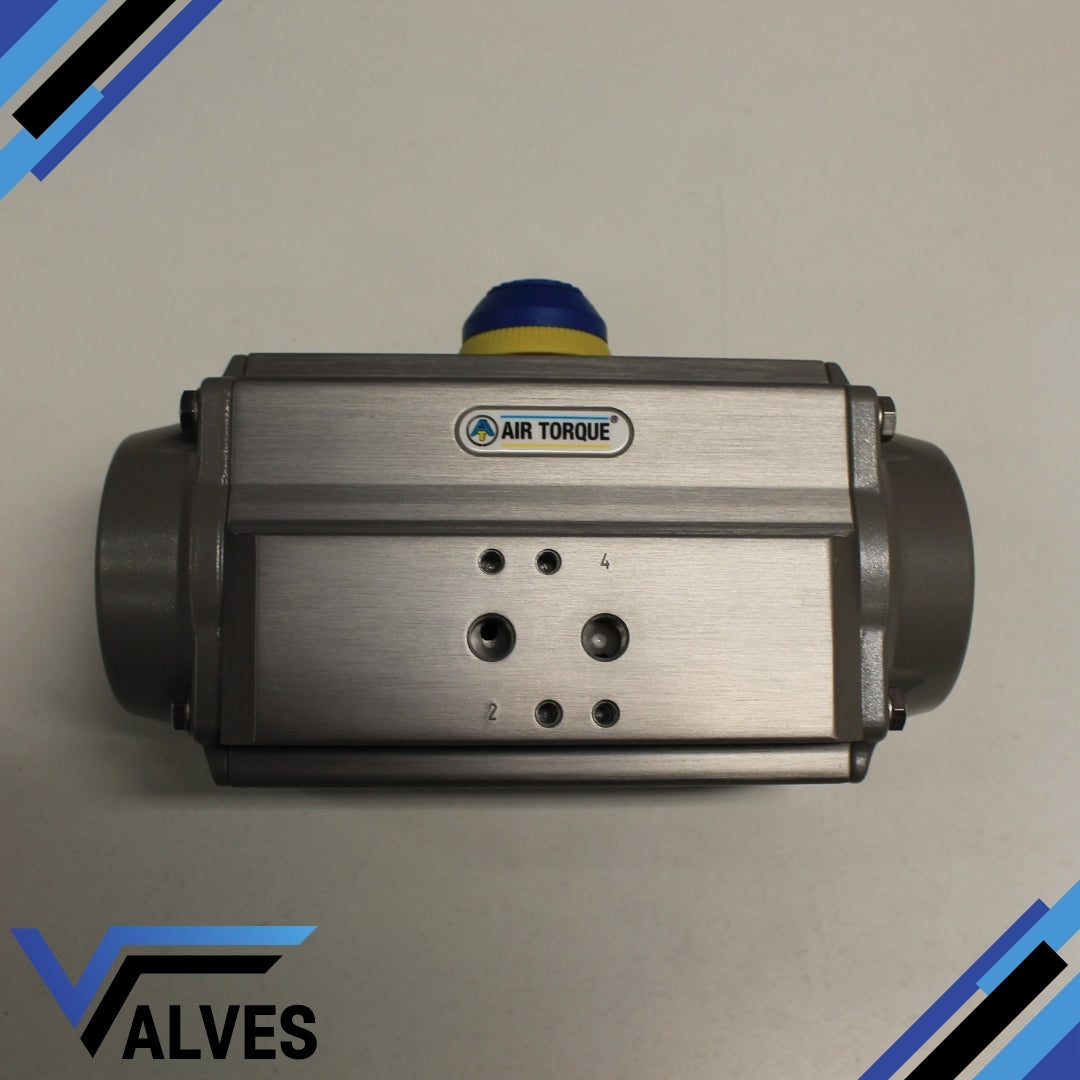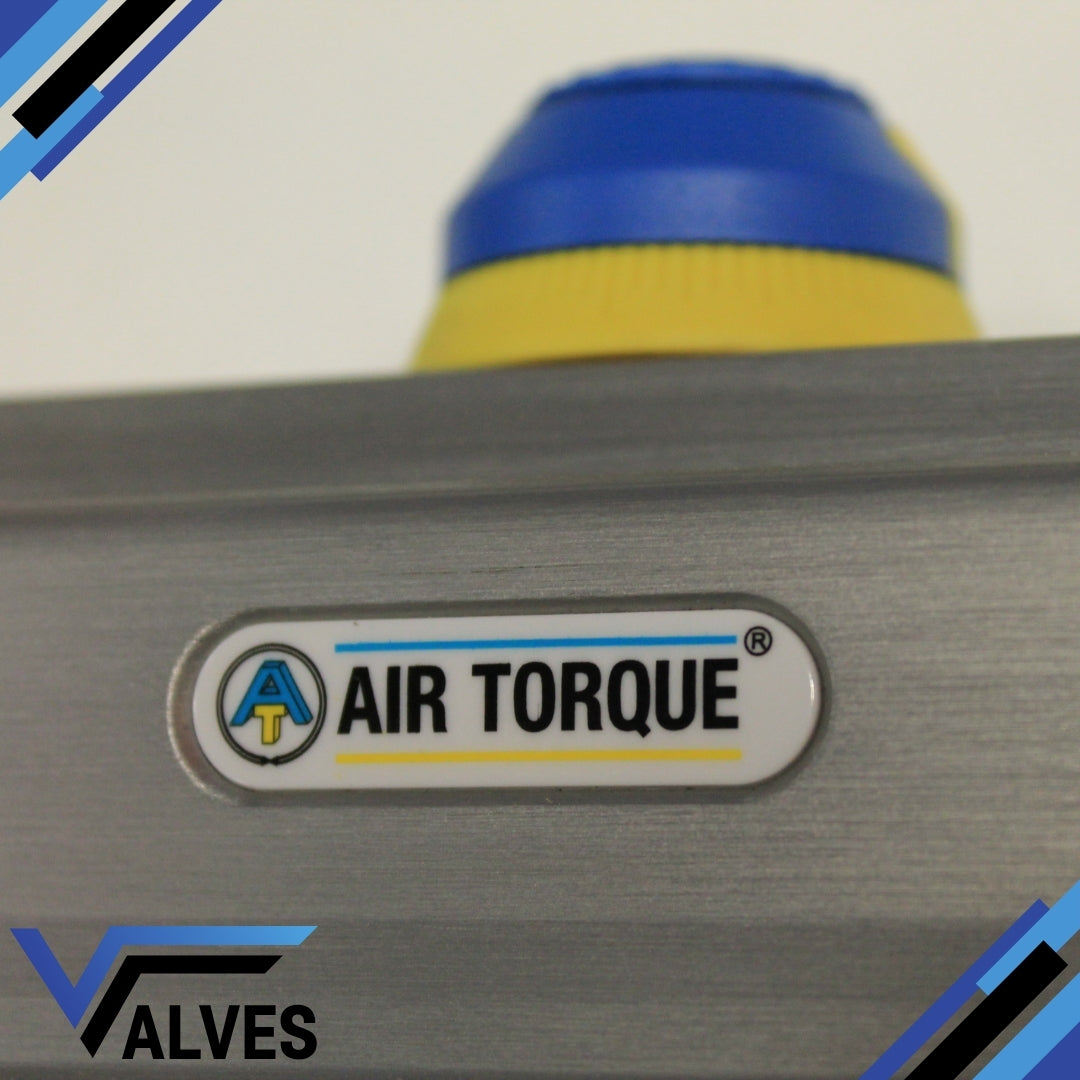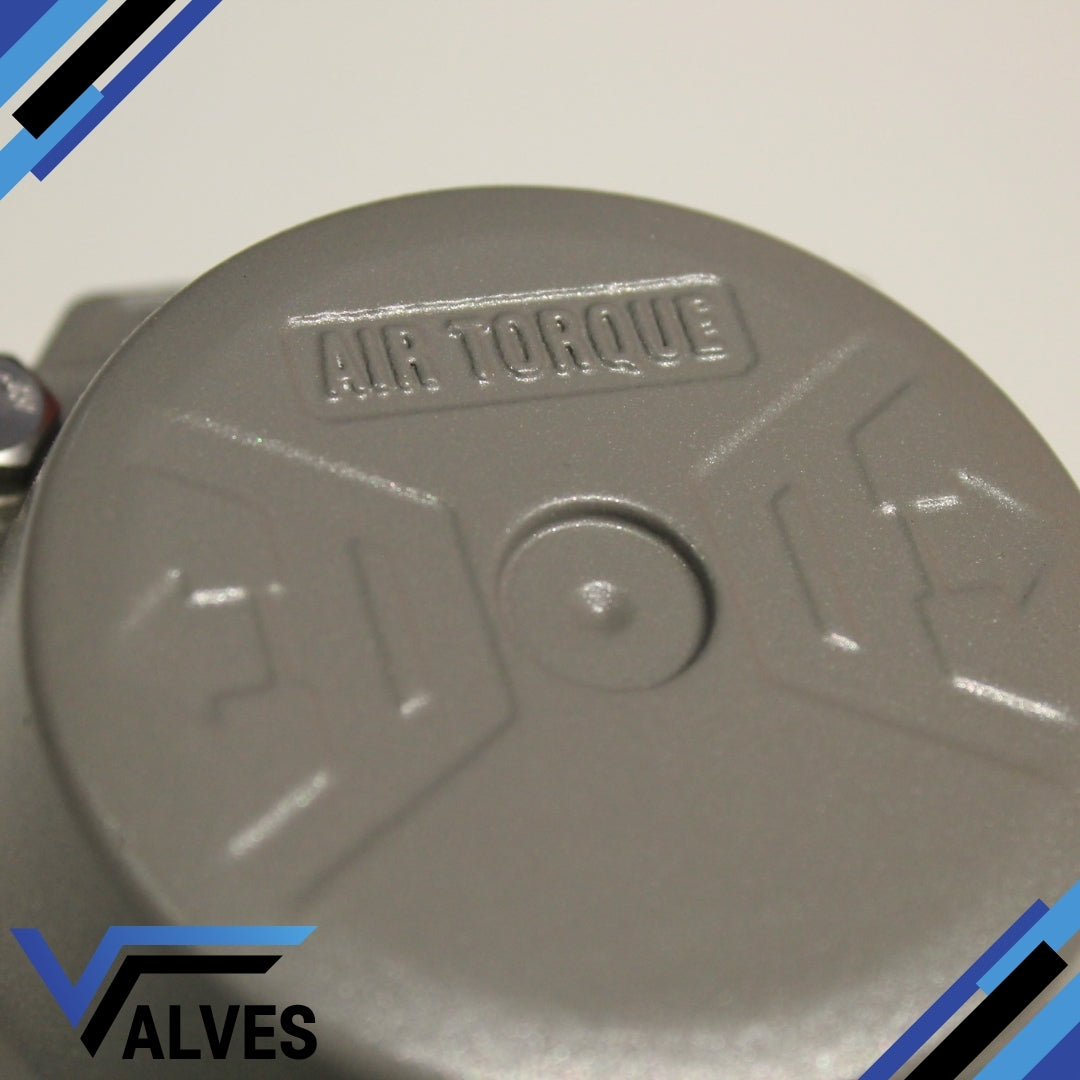Valves UK
Air Torque Double Acting Pneumatic Actuator
Air Torque Double Acting Pneumatic Actuator
Couldn't load pickup availability
The Air Torque Double Acting Pneumatic Actuator is a rack and pinion rotary actuator engineered for precise, efficient, and reliable valve automation. Designed to provide full 90° rotary motion, this actuator uses compressed air to power both the opening and closing strokes, offering accurate control and consistent torque output across the entire cycle.
Key Features:
Operation: Double acting (air to open and close)
Motion: 90° rotary operation
Mechanism: Rack and pinion design for balanced torque output
Body material: Hard-anodised aluminium for corrosion resistance
Mounting: ISO 5211 compliant for easy valve integration
High torque performance with compact, lightweight construction
Long service life with minimal maintenance
Suitable for ball valves, butterfly valves, and dampers
Reliable Air Torque engineering for industrial automation
Share




Enquire Online!
FAQ's
What is the difference between a valve and an actuator?
What types of actuators are available?
The main types of actuators are:
Pneumatic actuators – use compressed air for fast, reliable operation.
Electric actuators – use electrical power for precise control.
Hydraulic actuators – use fluid pressure for high-torque applications.
Each type offers unique advantages depending on the environment, media, and system control needs.
How do I choose the right actuator for my valve?
To select the correct actuator, consider:
Valve type and torque requirement
Power source available (air, electric, or hydraulic)
Operating environment (temperature, humidity, hazardous area)
Control signal type (on/off or modulating)
Matching actuator torque and compatibility with the valve’s ISO mounting ensures reliable performance.
What are the main types of valves used in automation?
The most common valves in automated systems include:
Ball valves – for tight shutoff and quick operation.
Butterfly valves – for larger flow control with compact design.
Globe valves – for precise throttling and flow regulation.
Check valves – to prevent backflow.
Gate valves – for full bore flow isolation.
What’s the difference between a double-acting and spring-return actuator?
Double-acting actuators use air (or power) to both open and close the valve.
Spring-return actuators use air to open (or close) the valve, and a built-in spring to automatically return it to a safe position when power or air is lost — ideal for fail-safe operation.
How often should valves and actuators be serviced?
Regular maintenance intervals depend on operating conditions, but a good rule of thumb is to inspect every 6–12 months.
This includes checking for leaks, lubrication, seal wear, and actuator responsiveness to prevent unexpected downtime.




